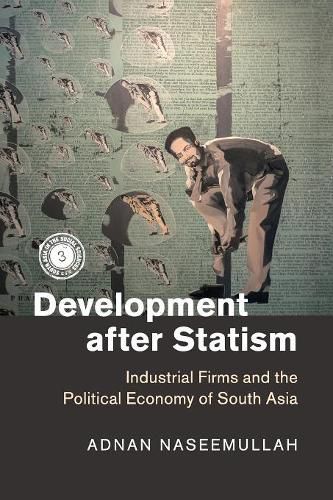Readings Newsletter
Become a Readings Member to make your shopping experience even easier.
Sign in or sign up for free!
You’re not far away from qualifying for FREE standard shipping within Australia
You’ve qualified for FREE standard shipping within Australia
The cart is loading…






How can industrial production be managed without the guidance of the state? Adnan Naseemullah discusses industrial development in a new era of drastically constricted state capacity, from the perspective of the manufacturing firm. India’s manufacturing economy has been growing after state promotion has receded. How, then, does Indian manufacturing develop in this context? Naseemullah argues that Indian firms must create production structures themselves, investing in networks of capital and labor without signals from above. Depending on manufacturers’ backgrounds, these relationships are based either on formal rules or through personal ties, creating a patchwork of institutions that crosscut region and sector. As a result, many firms have been able to regain some certainty for investment, but at the cost of national coherence and the possibility of broader transformation. As a mirror case, this book also explores Pakistan’s industrial trajectories, in which similar dynamics suggest the broader applicability of this framework.
$9.00 standard shipping within Australia
FREE standard shipping within Australia for orders over $100.00
Express & International shipping calculated at checkout
How can industrial production be managed without the guidance of the state? Adnan Naseemullah discusses industrial development in a new era of drastically constricted state capacity, from the perspective of the manufacturing firm. India’s manufacturing economy has been growing after state promotion has receded. How, then, does Indian manufacturing develop in this context? Naseemullah argues that Indian firms must create production structures themselves, investing in networks of capital and labor without signals from above. Depending on manufacturers’ backgrounds, these relationships are based either on formal rules or through personal ties, creating a patchwork of institutions that crosscut region and sector. As a result, many firms have been able to regain some certainty for investment, but at the cost of national coherence and the possibility of broader transformation. As a mirror case, this book also explores Pakistan’s industrial trajectories, in which similar dynamics suggest the broader applicability of this framework.